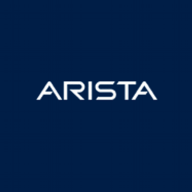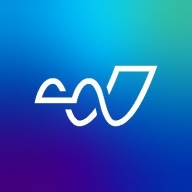

Arista NDR and LogRhythm NDR are products in the network detection and response market. Arista is favored for its adaptability and scalability, while LogRhythm is preferred for its analytical depth and precise threat detection.
Features: Arista NDR offers robust integration options, enhanced visibility, and a scalable architecture, making it adaptable to various network environments. LogRhythm NDR focuses on sophisticated threat recognition algorithms, in-depth analytics, and precise threat hunting capabilities, emphasizing analytical depth.
Ease of Deployment and Customer Service: Arista NDR provides an intuitive deployment process with strong customer support, which streamlines integration. LogRhythm NDR involves a more complex setup period, but this is supported by comprehensive customer service to alleviate challenges.
Pricing and ROI: Arista NDR typically involves a higher setup cost, with a focus on long-term ROI through scalability. LogRhythm NDR offers competitive initial pricing with swift ROI due to efficient threat detection tools, prioritizing immediate returns.

Arista NDR (formerly Awake Security) is the only advanced network detection and response company that delivers answers, not alerts. By combining artificial intelligence with human expertise, Arista NDR hunts for both insider and external attacker behaviors, while providing autonomous triage and response with full forensics across traditional, IoT, and cloud networks. Arista NDR delivers continuous diagnostics for the entire enterprise threat landscape, processes countless network data points, senses abnormalities or threats, and reacts if necessary—all in a matter of seconds. The Arista NDP platform stands out from traditional security because it is designed to mimic the human brain. It recognizes malicious intent and learns over time, giving defenders greater visibility and insight into what threats exist and how to respond to them.
The Advent of Advanced Network Detection and Response & Why it Matters
Securing your network against advanced persistent threats (APTs) requires greater visibility to detect actors and their actions so that you can reduce your response time. As threats increase, real-time network detection and response (NDR) solutions are more critical than ever.
While other NDR solutions rely solely on machine learning (ML) based threat detection, LogRhythm uses hybrid analytics that combine machine learning, rules-based detection, and threat intelligence to analyze network, user, and host activity. This holistic approach provides a true representation of all activity within the enterprise domain, making it possible to detect lateral movement, exfiltration, malware compromise, ransomware, and other threats in real time.
We monitor all Network Detection and Response (NDR) reviews to prevent fraudulent reviews and keep review quality high. We do not post reviews by company employees or direct competitors. We validate each review for authenticity via cross-reference with LinkedIn, and personal follow-up with the reviewer when necessary.